Now is the ideal time to start some seeds for spring planting. Winter weather is getting on our nerves and we are longing to see new growth in our pots and garden beds. Even though the outside temperatures are still a bit iffy, you can start some seeds indoors, giving you and your garden a boost.
Starting herb and vegetable seeds can be as simple as placing the seed in potting soil but there are several hurdles that new plant needs to conquer to reach maturity. Here are six keys to success this spring.
Key 1: Use the Right Pot
There are many styles of pots and flats that can hold soil but some make watering more time consuming. The soil in pots that are too small (egg crates) or crafted from porous material (peat, newspaper, cardboard) are inexpensive but will dry out quickly. Instead use plastic pots recycled from previous purchases.
Although it will cost a little more, I must say I’ve had my best success using seed starting trays with a water reservoir. Refilling a water reservoir every four to five days is much better for distracted souls like me. Most home improvement stores will be carrying these kits now.

Key 2: Use a Seed Starting Medium
Seed starting medium works better than any potting or garden soil. These special blends are light-weight and fungus-free. Seeds stay moist longer without getting soggy. Steady moisture in the soil will give you a higher rate of success.
Key 3: Use Fresh Seeds
Check the date on your seed packages. They should say “Packed for <current year>.” Old seeds from last year may sprout but are likely to have a low germination rate (the percentage of seeds that will grow). If you sow last year’s seeds, be prepared to plant more to compensate.
Get your FREE copy of Ann’s
Essential Planting Guide For Herbs
Key 3: Read the Seed Packet Directions
I am known in my family for failing to read directions before launching on a project. This can lead to disaster. Before you sow, read the seed package carefully. Watch for directions such as “don’t cover seeds,” “soak before sowing,” and “keep warm.” If you ignore these directions, don’t expect much to come up.

Key 5: Give the New Seedlings Light and Air
Your home is a wonderful place for you and your family. Not so for those seedlings. Young plants need a wider spectrum of light than we see. A sunny window may look bright to your eyes but only 10-15 percent of the sun’s total illumination makes it through the glass. Compensate for the darker indoor conditions with a grow lamp (affiliate link), a florescent bulb designed to imitate the sun’s broad spectrum of light.
Another consideration is the indoor air, which is usually more stagnant than outdoors. Using a small fan, circulates the air to reduce the risk of fungus. It also stimulates the new plant stems to help make them thicker and stronger.

There you have it – five bits of sage advice that will help you start some seeds successfully. So get out there and get a jump on spring!

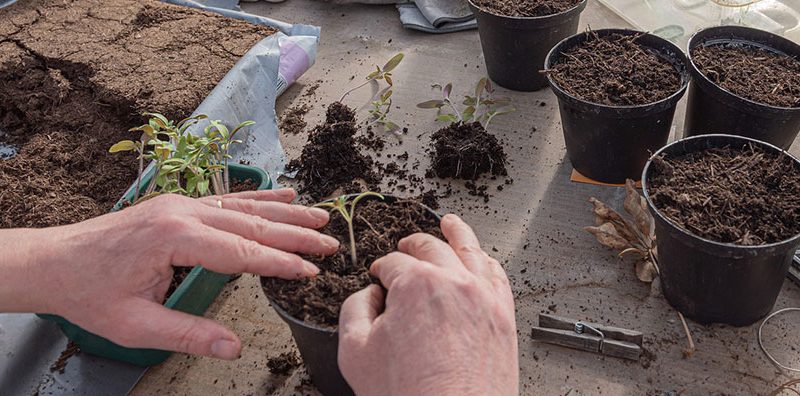
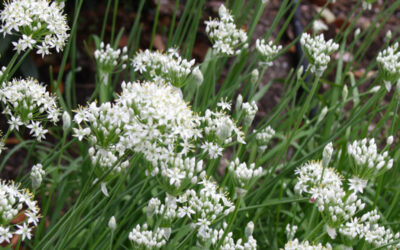
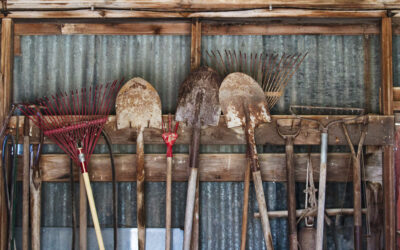
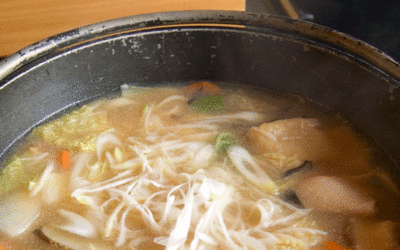


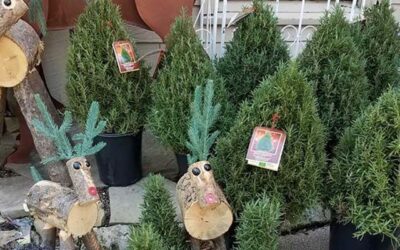


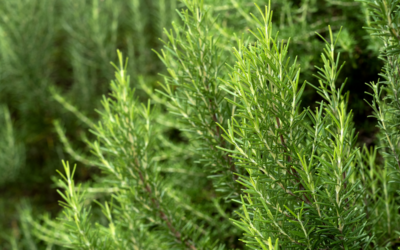


0 Comments